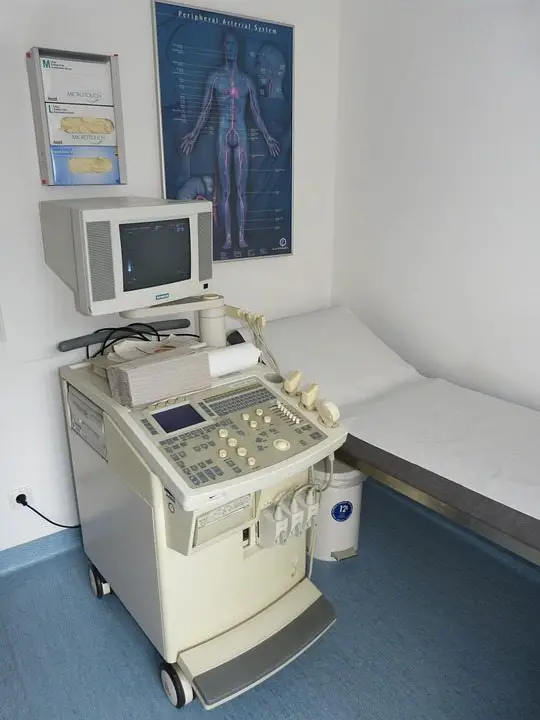
For those of you who have completed a mammography rotation or are beginning to practice mammography, you may notice ordering physicians prescribe a diagnostic mammogram along with a diagnostic and screening ultrasound. One example would be the doctor who orders a mammogram for a unilateral breast asymmetry with an accompanying bilateral diagnostic ultrasound. Or other times, the ordering doctor will specify to perform an ultrasound for pain on one breast. Yet they order a bilateral breast ultrasound that the patient expects to get done. One of my former excellent mammographers had called these sorts of situations “screenostic studies.” And I think that is a great descriptive name since these breast ultrasounds encompass both a “diagnostic” and a “screening” component. So, I kind of took to the title, “screenostic.” Now, I use it all the time.
Issues Behind The “Screenostic” Ultrasound
For me, I always find this situation very frustrating. You are never quite sure if the ordering physician means to order the study as a screening ultrasound. Or, did they mean for the case to be diagnostic and accidentally request a bilateral breast ultrasound? Perhaps, they were not thinking about it or did not understand the purpose of the ultrasound. Unfortunately, frequently, you will never know the answer.
So, let me give you an example of what happens when you confront the issue head-on. You call the physician to learn their ordering intentions, taking away precious minutes of your valuable time. Then, when you ask the ordering physician what they wanted, the physician often becomes indignant because it “wastes their time.” On top of this, the patient expects that they will receive a bilateral ultrasound because it is “better” than a one-sided diagnostic ultrasound. Now, they have to wait longer. And if you decide to change the order, you now have to waste additional time to persuade the patient that they need a unilateral breast ultrasound.
Bottom line. All hell breaks loose. It’s ugly. You have a mixture of undecipherable physician expectations. And the patient has unfounded expectations to complete the study. The radiologist is unhappy; the patient is angry, and the ordering physician is upset. It is a lose, lose, lose situation.
So what finally happens? Regardless of the study indication and the true intentions of the ordering physician, the technologist completes the study. It’s just a heck of a lot easier. But, it is all a waste of time and money.
Call To Arms!
I only see two potential ways out of this daily breast imaging mess. First, we need intense education for ordering physicians. In most practices, however, this road is a difficult one. It can be next to impossible to get through to all the referring physicians in a bustling business. And, referrers just want to order and write their scripts without dealing with the implications. It takes too much time to “listen” to the meager radiologist or set up an educational outreach program.
Second (and I may get a lot of backlash for this one), enter clinical decision support systems. If only a system could force the ordering physician to make a clear prescription that makes sense. Clinical decision support systems would do just that.
You may think that I am just whining and complaining. But this issue has real implications for patient well-being and daily workflow. Oh well, in the end, it is just another dilemma that occurs when the clinician controls the ordering of imaging studies instead of the true imaging expert, the radiologist. Let’s take it back!!!






